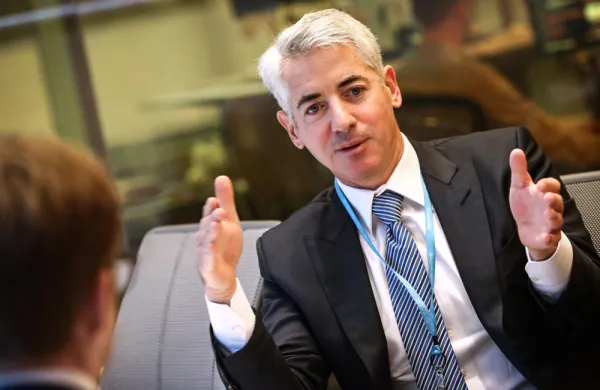After hurricane katrina devastated new orleans in August 2005 and cost insurance companies some $41 billion in claims, premiums for reinsurance -- policies that insurers take out to hedge their claims exposure -- skyrocketed. Hedge funds, those masters of opportunism, jumped in. Citadel Investment Group and Greenlight Capital were among the firms setting up reinsurance units in Katrina's wake. Two years later, markets are no less wary about storm-related losses and investment bankers have come up with a new way for both speculators and spooked insurers to position themselves.
In June, Goldman, Sachs & Co. underwrote a collateralized debt obligation that invests solely in catastrophe-related securities and derivatives, one of the first deals of its kind. The $310 million CDO, called Gamut Reinsurance, was issued by Nephila Capital, a Bermuda-based, $2 billion money manager specializing in weather- and catastrophe-related investments. Gamut is essentially a highly leveraged fund that holds bonds and derivatives linked to the risk of property damage from hurricanes, earthquakes and other natural disasters. It raised the money to buy these instruments by selling equity and debt to hedge funds, insurance companies and other institutions. The Gamut deal comes on the heels of two similar offerings, underwritten by ABN Amro, that helped insurance companies transfer catastrophe bonds from their own portfolios into CDO structures.
The timing of these transactions is courageous, to say the least. CDOs, the vast majority of which invest in corporate loans and bonds, have come under intense pressure in recent weeks amid concerns over lax lending standards. Goldman, however, argues that the catastrophe CDO provides exposure only to natural disasters and isn't correlated to corporate debt markets.
The Gamut CDO gives investors exposure to reinsurance without the high costs and regulatory hurdles of setting up reinsurance subsidiaries. Hedge funds can buy the equity tranches of the CDO, which are the first to lose money in the event of higher-than-expected catastrophe rates but promise returns in excess of 20 percent. That's roughly consistent with the gains reinsurers demand for the risk they assume in extending coverage to insurers. The CDO's safer debt tranches -- $60 million in Gamut's A-rated notes pay a floating rate currently at 6.9 percent, for example -- were sold primarily to more conservative fixed-income investors.
In the past, catastrophe CDOs were too difficult to structure because of a dearth of raw material. Insurance companies for years have issued catastrophe bonds, which pay investors a regular coupon in exchange for surrendering their principal in the event of a catastrophe, but only recently has that market become liquid enough to support a diverse portfolio for a CDO. Some $6 billion in new issues has been sold this year, up from $2 billion for all of 2003, and there is a total of $20 billion outstanding, according to Goldman. Derivatives based on catastrophe risk also have been growing, providing more instruments for a CDO to buy.
Like structured vehicles that hold corporate debt and mortgages, a catastrophe CDO is not without risk. A dearth of hurricanes or comparable events could result in new catastrophe bonds paying lower coupon rates. The Gamut CDO matures in four years, but much of the paper it owns comes due before then, and it's possible that the vehicle's interest income could decline below the cost of financing. If too many catastrophes occur in quick succession, the equivalent of what an unexpected wave of corporate-loan or mortgage defaults would mean to conventional CDOs, holders of Gamut's equity and its lowest-rated debt tranches could be wiped out.
Still, Goldman believes that catastrophe risk will grow, as people continue to construct homes in coastal areas and evidence mounts that global warming is causing the frequency and intensity of hurricanes to increase. That should mean more, and bigger, catastrophe CDOs in the future. Goldman is confident it could replicate the Gamut structure for $1 billion or more if there were to be a major catastrophe, says Shiv Kumar, a managing director who oversaw the deal. Just how destructive Mother Nature gets, however, is something even Goldman's masters of the universe can't control.





